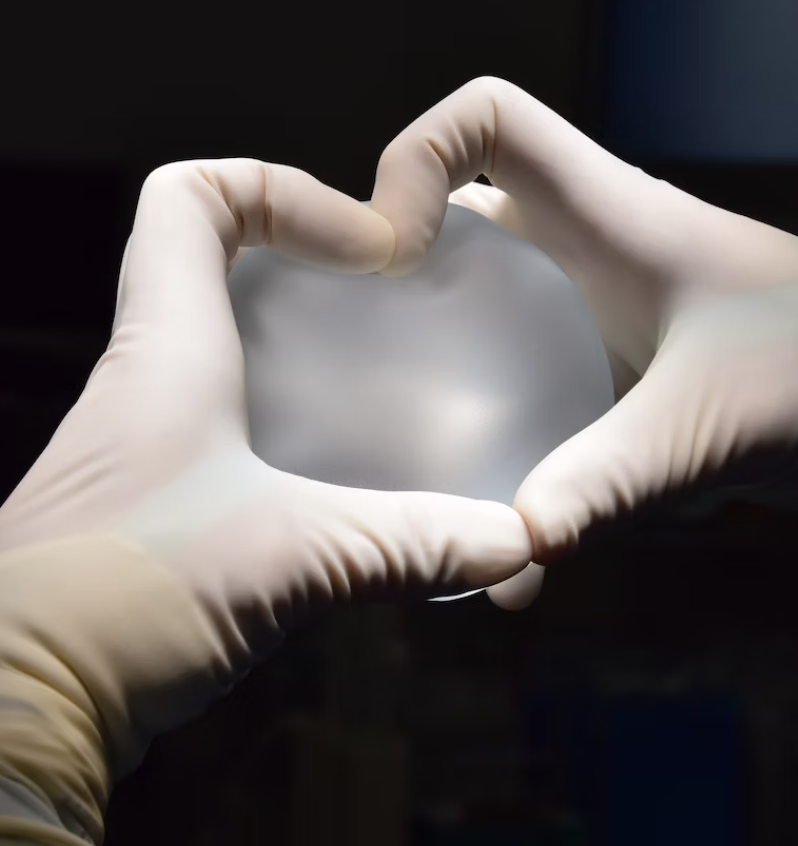Breast Implant Malposition: Understanding the Challenges and Solutions

Breast Implant Malposition
Breast augmentation is a popular cosmetic procedure that has helped countless women achieve their desired appearance and boost their self-confidence. However, like any surgical procedure, breast augmentation can occasionally result in complications. One such complication is breast implant malposition, where the implants are not properly positioned within the breast pocket. In this article, we will explore the causes, types, and potential solutions for breast implant malposition.
Understanding Breast Implant Malposition
Breast implant malposition refers to the misplacement of breast implants within the breast pocket. This can occur due to various reasons, including surgical errors, inadequate tissue support, capsular contracture, trauma, or postoperative complications. The malposition can manifest in different ways, such as bottoming out (implants sit too low), lateral displacement (implants shift towards the sides), symmastia (implants meet in the center), or double bubble deformity (implant drops below the natural breast fold).
Types of Breast Implant Malposition
Bottoming Out: In this condition, the implants descend too low on the chest, causing the nipple to appear unnaturally high.
Lateral Displacement: Implants shift towards the sides, resulting in a wider gap between the breasts or an asymmetrical appearance.
Symmastia: Also known as “uniboob,” this occurs when the implants meet in the center, creating a conjoined appearance.
Double Bubble Deformity: This deformity arises when the implant falls below the natural breast fold, creating a visible crease or line.
Addressing Breast Implant Malposition
Fortunately, various options are available to address malposition, depending on the type and severity of the condition. In some cases, non-surgical interventions like specialized bras or supportive garments may be recommended to help correct minor malpositions. However, more severe cases often require surgical intervention.
Surgical Solutions:
Capsulorrhaphy: The surgeon tightens the breast pocket to reposition the implants correctly.
Capsulotomy: The surgical release of the scar tissue surrounding the implant to allow repositioning.
Strattice: A specialized surgical mesh used to reinforce the breast tissue and provide additional support for the implants.
Implant Exchange: In some instances, replacing the implants with a different size or type can help correct the malposition.
Prevention and Patient Education
While it is not always possible to prevent malposition, proper surgical techniques, meticulous planning, and patient education can significantly reduce the risks. Surgeons must thoroughly evaluate the patient’s anatomy, discuss their expectations, and employ precise surgical techniques to minimize the chances of malposition occurring.
Conclusion
Breast implant malposition, though a potential complication of breast augmentation, can be successfully addressed through surgical interventions tailored to the specific type and severity of the malposition. It is essential for both surgeons and patients to be aware of the causes, types, and available solutions to ensure the best possible outcomes for breast augmentation procedures.
By staying informed and working closely with skilled surgeons, individuals can make well-informed decisions and achieve the desired results with breast augmentation while minimizing the risk of complications.
If you have concerns about your breast implants, Implant Health can help. We encourage regular check-ups of your implants to address issues and check for any problems. To get a check-up, please book an appointment.
Worried about your breast implants?
If you’re worried about your implants, we can help.
The benefits of breast implant checks include the early detection of implant-related problems and the ability to monitor how your breast and implant change over time.